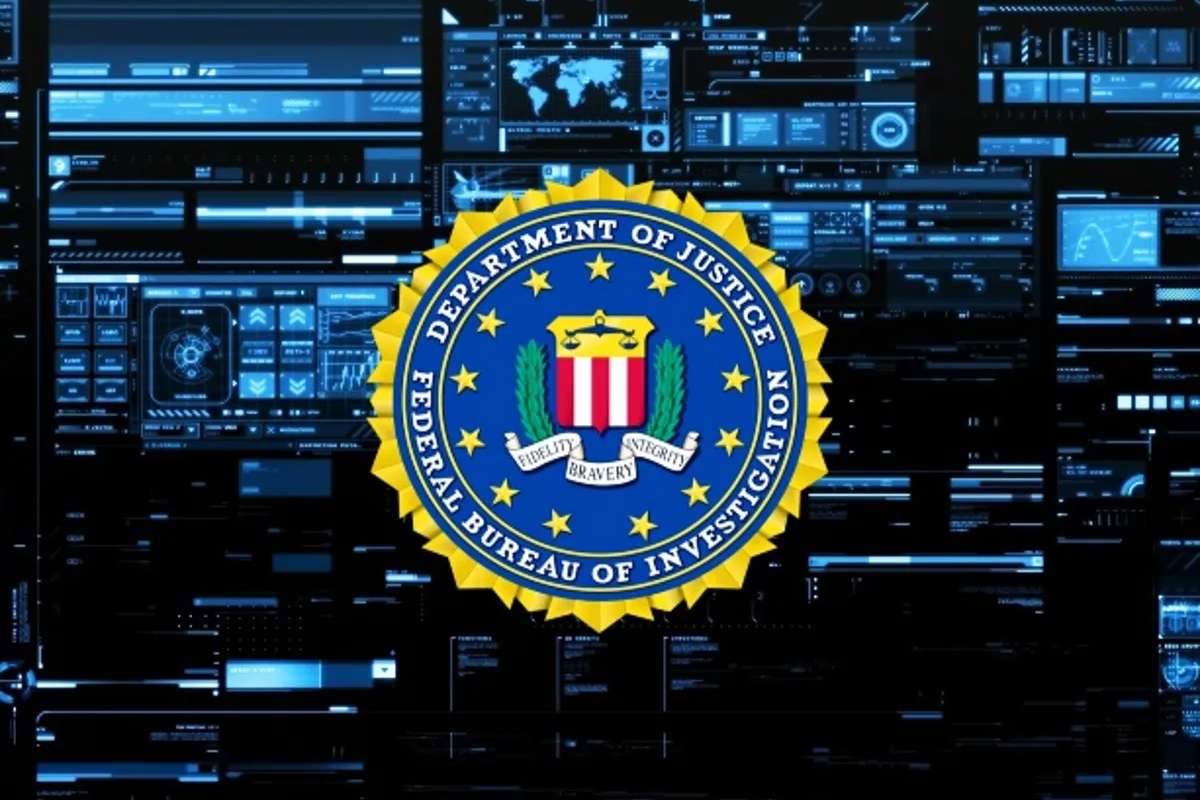In today’s interconnected world, where digital technology plays an integral role in our personal and professional lives, cyber security awareness has never been more important. With cyber threats becoming increasingly sophisticated and prevalent, it’s essential for individuals and organizations to stay vigilant and informed about potential risks and best practices for staying safe online.
Understanding Cyber Security Awareness:
Cyber security awareness encompasses the knowledge and understanding of potential cyber threats, best practices for protecting against them, and the importance of maintaining vigilance and caution when using digital devices and online platforms. It involves being aware of the various tactics used by cybercriminals to exploit vulnerabilities and compromise security, as well as knowing how to recognize and respond to potential threats effectively.
Importance of Cyber Security Awareness:

It is crucial because it empowers individuals and organizations to recognize and mitigate cyber risks, prevent cyber attacks, and protect sensitive information and digital assets from unauthorized access or exploitation. By raising awareness about common cyber threats and security best practices, individuals can reduce their susceptibility to cyber-attacks and minimize the impact of security incidents.
Improving Cyber Security Awareness:
There are several ways to improve cyber security awareness, including:
- Staying informed: Keep up to date with the latest news and developments in the field of cyber security, including emerging threats and trends.
- Education and training: Attend cyber security training sessions, workshops, or webinars to learn about common cyber threats and best practices for protecting against them.
- Practicing good cyber hygiene: Follow security best practices, such as using strong passwords, enabling two-factor authentication, keeping software up to date, and being cautious of suspicious emails and links.
- Raising awareness: Share knowledge and information about cyber security with friends, family, colleagues, and community members to help them stay safe online.
Common Cyber Security Threats:
Some common cyber security threats include phishing scams, malware infections, ransomware attacks, data breaches, identity theft, and social engineering tactics. These threats can target individuals, businesses, government agencies, and other organizations, resulting in financial losses, reputational damage, and privacy violations.
Promoting Cyber Security Awareness in Organizations

Organizations can promote cyber security awareness among employees by:
- Providing regular training and educational resources on cyber security best practices.
- Implementing security policies and procedures to protect sensitive information and digital assets.
- Conducting simulated phishing exercises to test employees’ awareness and response to phishing scams.
- Fostering a culture of security awareness and responsibility, where employees understand their role in maintaining cyber security and are encouraged to report any suspicious activity or security incidents promptly.
- Encouraging open communication and collaboration between different departments and teams to share knowledge and insights about cyber security best practices and emerging threats.
- Providing incentives or rewards for employees who demonstrate exemplary cyber security awareness and adherence to security policies and procedures.
- Conducting regular security awareness campaigns or events to reinforce key messages and keep cyber security top of mind for employees.
Measuring the Effectiveness of Cyber Security Awareness Programs
It’s important for organizations to evaluate the effectiveness of their cyber security awareness programs to ensure they are achieving their intended objectives. This can be done through various methods, including:
- Surveys and feedback: Collecting feedback from employees about their knowledge, attitudes, and behaviors related to cyber security can provide valuable insights into the effectiveness of awareness initiatives.
- Phishing simulations: Conducting simulated phishing exercises to test employees’ awareness and response to phishing scams can help identify areas for improvement and measure the effectiveness of training programs.
- Security incident metrics: Monitoring security incident metrics, such as the number of reported incidents, the severity of incidents, and the time to resolution, can help assess the impact of awareness initiatives on reducing security incidents.
- Training completion rates: Tracking the completion rates of cyber security training programs can indicate the level of employee engagement and participation in awareness initiatives.
The Role of Individuals in Cyber Security Awareness:

Individuals also play a crucial role in promoting cybersecurity awareness in their personal and professional lives. By adopting good cyber hygiene practices and staying informed about potential threats, individuals can protect themselves and their families from cyber attacks. Some steps individuals can are:
- Using strong, unique passwords for online accounts and enabling two-factor authentication whenever possible.
- Being cautious of suspicious emails, messages, or links, and avoiding clicking on or downloading anything from unknown or untrusted sources.
- Keeping software, operating systems, and antivirus programs up to date to patch known vulnerabilities and protect against malware infections.
- Educating friends, family members, and colleagues about cyber security best practices and encouraging them to stay vigilant online.
FAQs (Frequently Asked Questions)
1. What is cyber security awareness?
It refers to the knowledge and understanding of potential cyber threats, best practices for protecting against them, and the importance of maintaining vigilance and caution when using digital devices and online platforms.
2. Why is cyber security awareness important?
It is crucial because it helps individuals and organizations recognize and mitigate cyber risks, prevent cyber attacks, and protect sensitive information and digital assets from unauthorized access or exploitation.
3. How can I improve my cyber security awareness?
You can improve your cyber security awareness by staying informed about common cyber threats and security best practices, attending cyber security training sessions or workshops, and regularly updating your knowledge about emerging cyber threats and trends.
4. What are some common cyber security threats?
Common cyber security threats include phishing scams, malware infections, ransomware attacks, data breaches, identity theft, and social engineering tactics. These threats can result in financial losses, reputational damage, and privacy violations for individuals and organizations.
5. How can organizations promote cyber security awareness among employees?
Organizations can promote cyber security awareness among employees by providing regular training and educational resources on cyber security best practices, implementing security policies and procedures, conducting simulated phishing exercises, and fostering a culture of security awareness and responsibility.

Cyber Defense Strategy: Essential Tactics for Safeguarding Digital Assets
At its core, it involves identifying potential vulnerabilities and threats to an organization’s digital infrastructure and implementing measures to mitigate these risks.
Conclusion:
It is essential for individuals and organizations to protect against cyber threats and maintain a safe and secure online environment. By raising awareness about common cyber threats, promoting best practices for staying safe online, and fostering a culture of security awareness and responsibility, we can all play a part in building a safer digital world for everyone.






